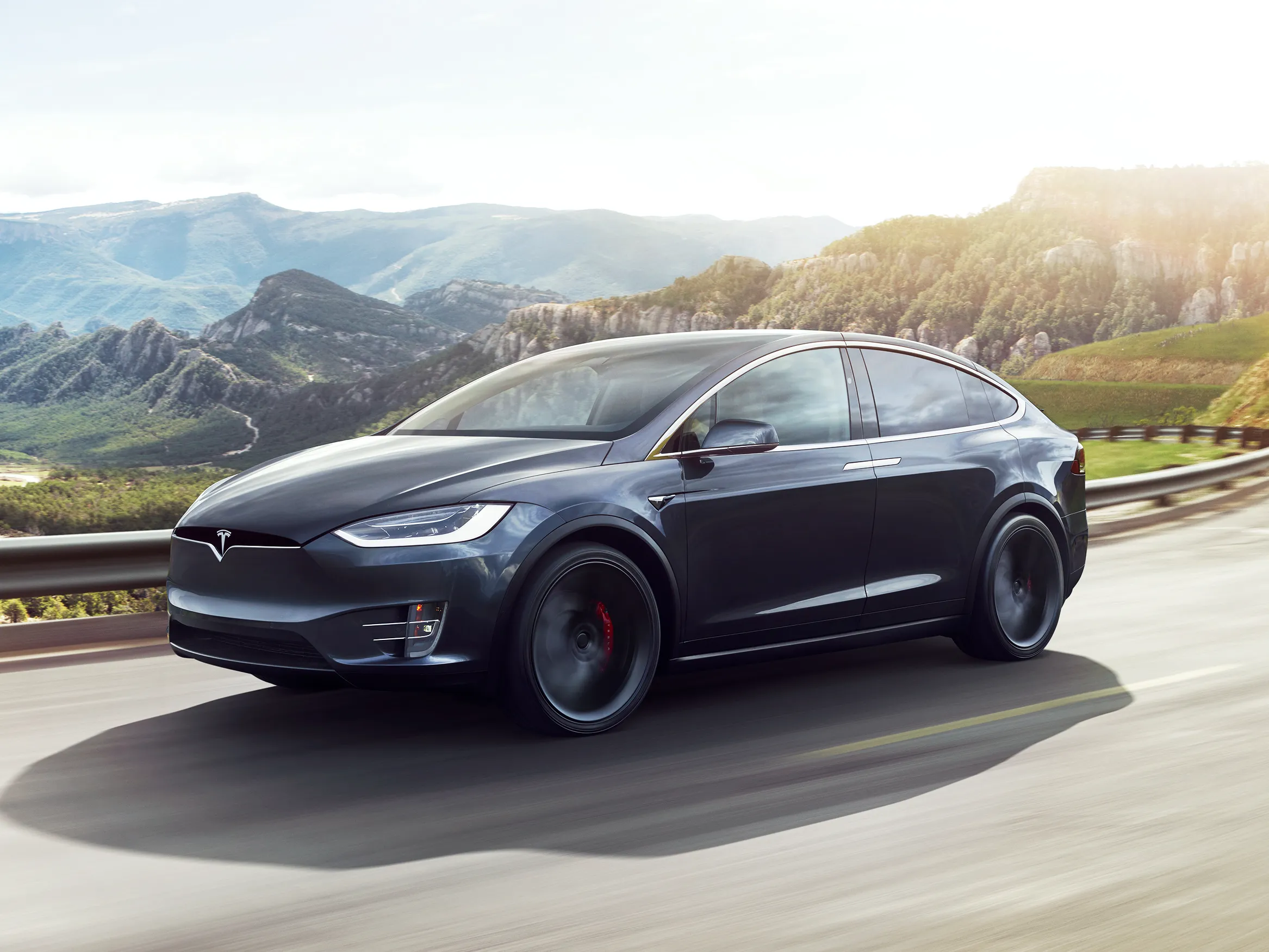Ford BlueCruise and Tesla Autopilot: A Comparative Analysis
The automotive industry’s pursuit of autonomous driving technology has led to the development of various advanced driver assistance systems (ADAS), promising safer and more convenient transportation. Among the frontrunners in this race are Ford BlueCruise and Tesla Autopilot, both aiming to provide hands-free driving experiences. However, recent incidents have prompted investigations into the safety and reliability of these technologies, raising questions about their real-world efficacy and potential risks.

Ford BlueCruise, introduced by Ford Motor Company as part of its Co-Pilot360 suite of driver assistance features, aims to offer a hands-free driving experience on certain pre-mapped sections of divided highways. The system utilizes a combination of cameras, sensors, and mapping data to enable automated driving under specific conditions. Despite rigorous testing and extensive safety protocols, reports of accidents involving vehicles equipped with BlueCruise have raised concerns about its effectiveness and reliability.
The National Highway Traffic Safety Administration (NHTSA) has initiated investigations into multiple incidents involving Ford BlueCruise-equipped vehicles, including fatal crashes. These investigations seek to determine whether the technology performed as intended and whether any design flaws or system failures contributed to the accidents. The outcome of these investigations will likely influence the future of Ford’s autonomous driving ambitions and shape the regulatory landscape for similar technologies.
In contrast, Tesla’s Autopilot system has been under scrutiny for several years, with both proponents and critics debating its capabilities and safety. Tesla’s approach to autonomous driving relies heavily on artificial intelligence and machine learning algorithms, which continuously gather data from the vehicle’s sensors and cameras to improve performance over time. While Autopilot has demonstrated impressive capabilities in certain scenarios, including highway driving and traffic congestion, concerns persist regarding its limitations and the potential for misuse by drivers.
Tesla has faced criticism for its marketing of Autopilot as a “self-driving” feature, potentially leading some drivers to overestimate its capabilities and engage in risky behavior. The company has repeatedly emphasized that Autopilot is designed to assist rather than replace human drivers, requiring constant supervision and intervention when necessary. However, incidents involving Tesla vehicles operating in Autopilot mode have sparked controversy and renewed calls for greater oversight of autonomous driving technology.
The ongoing scrutiny of both Ford BlueCruise and Tesla Autopilot highlights the complex challenges associated with the development and deployment of autonomous vehicles. While these technologies hold the promise of improving road safety and mobility, they also raise significant ethical, legal, and regulatory concerns. Ensuring the responsible development and deployment of autonomous driving systems requires collaboration among automakers, regulators, and other stakeholders to establish clear standards, testing protocols, and safety measures.
Moving forward, the automotive industry must prioritize transparency, accountability, and public trust in the advancement of autonomous driving technology. This includes robust testing and validation processes, comprehensive driver education and training, and effective regulatory oversight to address emerging risks and prevent accidents. While the road to fully autonomous vehicles may be long and challenging, the potential benefits in terms of safety, efficiency, and accessibility make it a journey worth pursuing.
In conclusion, the investigations into Ford BlueCruise and continued examination of Tesla Autopilot underscore the need for responsible innovation and oversight in the development of autonomous driving technology. As society navigates the transition to a more automated future, it is essential to prioritize safety, ethics, and the well-being of all road users. Only through collaboration and diligence can we realize the full potential of autonomous vehicles while mitigating risks and ensuring a safer transportation system for all.

